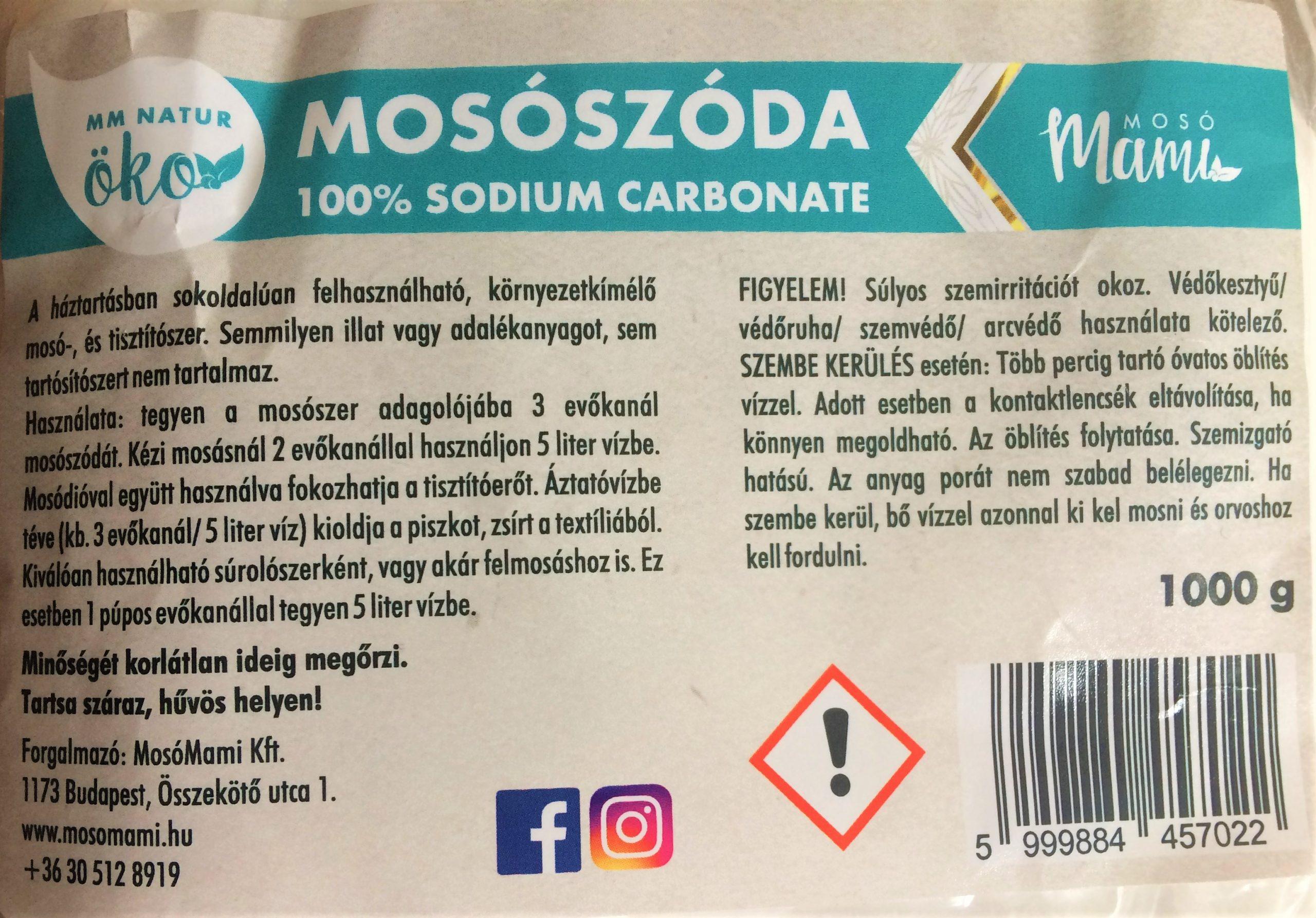
Eco-friendly detergents might be risky – and this is no scam
The exclamation mark pictogram as a hazard symbol can often be seen on the label of cleaning products indicating toxic, irritating or narcotic effect. This label may appear on items that are advertised as natural products, or even on items labelled as organic. This may come as a surprise to many customers and leads to the question: can eco-labelling be a marketing scam?
According to the UN GHS and subsequent EU and other legislation, the hazardous substances should be clearly indicated on the label of any cleaning product. Hazardous, irritant/toxic chemical substances and mixtures should be labelled and indicated by an exclamation mark pictogram with the short name GHS07. The hazard pictogram must be either indicated on the packaging of the product, or on the outside of the vehicle containing or carrying such a substance.

The exclamation mark can denote (at least one of) the following hazards:
- Acute toxicity (oral, dermal, inhalation)
- Skin sensitization, skin and/ or eye irritation
- Respiratory tract irritation
- Narcotic effects, may cause drowsiness or dizziness
- Hazardous to the ozone layer
In the case of substances and mixtures:
- Avoid contact with skin and eyes.
- Do not allow them to enter drains.
- In case you might damage the ozone layer: do not release them into the environment.
The EU CLP Regulation also provides for the so-called “H-phrases” for precautionary statements, which should in principle be on the label of a substance. Some of the H-phrases related to the exclamation mark are below:
H312 Harmful in contact with skin.
H315 Causes skin irritation.
H317 May cause an allergic skin reaction.
H318 Causes serious eye damage.
H319 Causes serious eye irritation.
H332 Harmful if inhaled.
H334 May cause allergy or asthma symptoms or breathing difficulties if inhaled.
H335 May cause respiratory irritation.
H336 May cause drowsiness or dizziness.
We suggest you to obtain and read the Safety Data Sheet of a substance or preparation, where you will find the so-called “R-phrases”.
Among others, the following R-phrases indicate a toxic irritant effect:
R36 Irritating to eyes
R37 Irritating to respiratory system
R38 Irritating to skin
R42 May cause sensitisation by inhalation
R43 May cause sensitisation by skin contact
R67 Vapours may cause drowsiness and dizziness

It comes as no surprise that some household detergents may be labelled with the exclamation mark pictogram, as many corrosive substances, acids, alkalis are used around the house, such as drain cleaners, or even plain household bleach.
What may be a surprise to the consumer, however, is the fact that many natural substances or substances considered to be environmentally friendly can be corrosive, irritating and therefore subject to labelling. You have sodium carbonate (Na2CO3), for instance, in other words “washing soda”, which is corrosive, therefore has been labelled with the warning phrase “H319 – causes serious eye irritation”, and the exclamation mark. Washing soda is a common eco-detergent – still, you’d better put your gloves on when using it.
Interestingly, natural essential oils are also often corrosive and, in high concentrations, are toxic to human health and hazardous to the environment. Citrus essential oils such as limonene are hazardous substances in concentrated form. The packaging of limonene must bear a number of hazard symbols, as it is corrosive, toxic and harmful to the environment. Geraniol essential oil too is irritating to the eyes, so the exclamation mark pictogram must appear on its packaging.
That is exactly why we always emphasize in our articles that you should use essential oils with caution when you use them for cleaning and other purposes, such as against fruit flies, mosquitoes, ticks or ants.
So if you see the exclamation mark pictogram on the label, do not touch the material without wearing rubber gloves. Be careful not to get it on your skin, especially in your eyes. Essential oils with the above-mentioned effect should always be used diluted.
Tips
✓ Go for the green eco-detergents but be careful when using them.
✓ Do not forget to check the hazard symbols and pictograms on the label, and read the H-phrases which will provide you with more detailed information.
✓ Regularly check the Safety Data Sheet online to find out about the chemicals that you use. The Safety Data Sheet includes detailed information on the product, much more details than the label. H-phrases, for instance, can be found only on the Sheet.
✓ Looking for a severe classification of the chemicals and substances you use? Search for the agents on the WHO-list.
✓ Avoid using these FIVE household detergents to keep your family safe.
 Green&Safe LIFE-styles is supported by the European Union LIFE program and co-funded by the Hungrian Ministry of Agriculture. Project ID: ENV GIE HU000622 Green & Safe LIFE-styles.
Green&Safe LIFE-styles is supported by the European Union LIFE program and co-funded by the Hungrian Ministry of Agriculture. Project ID: ENV GIE HU000622 Green & Safe LIFE-styles.


